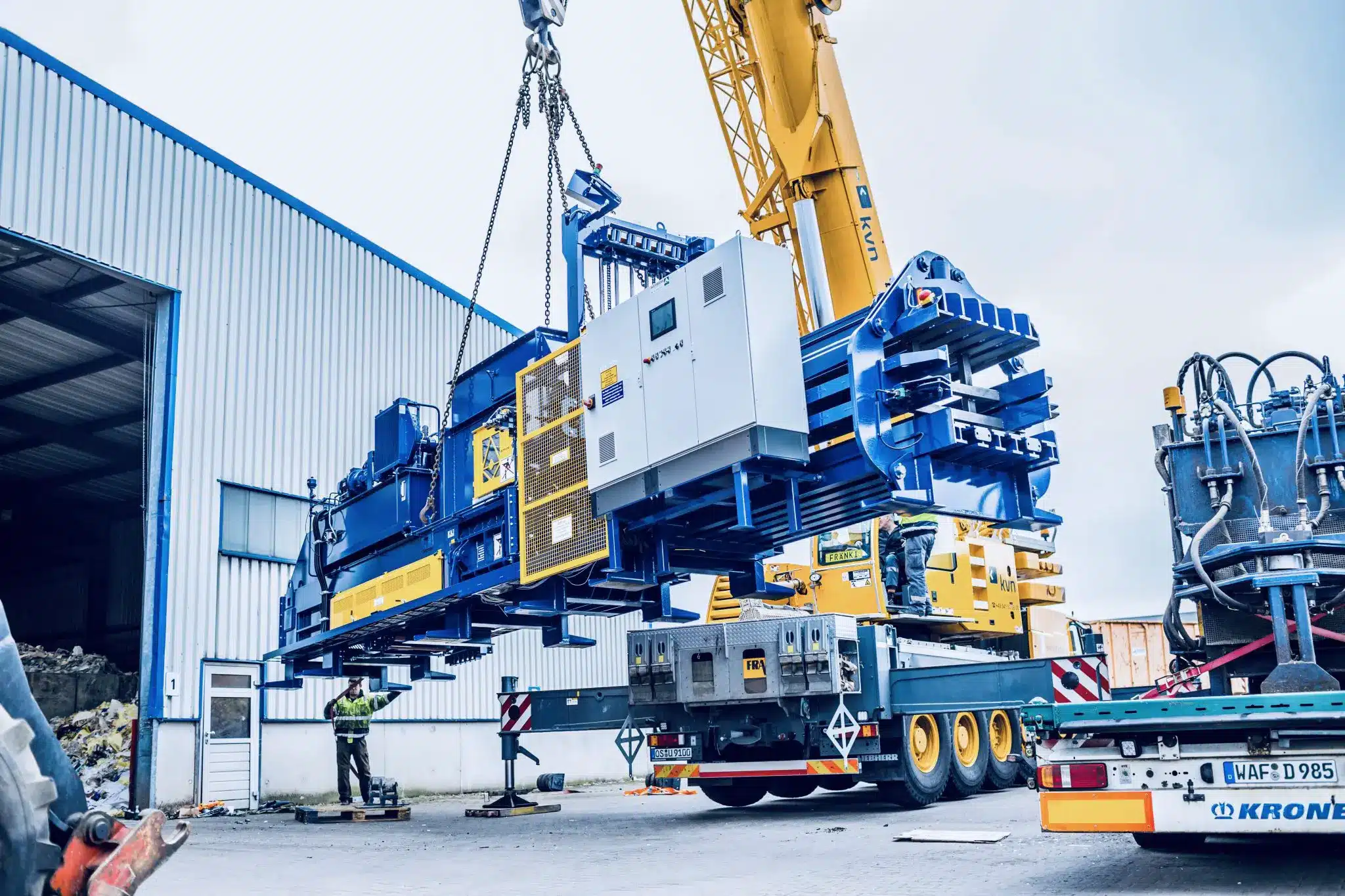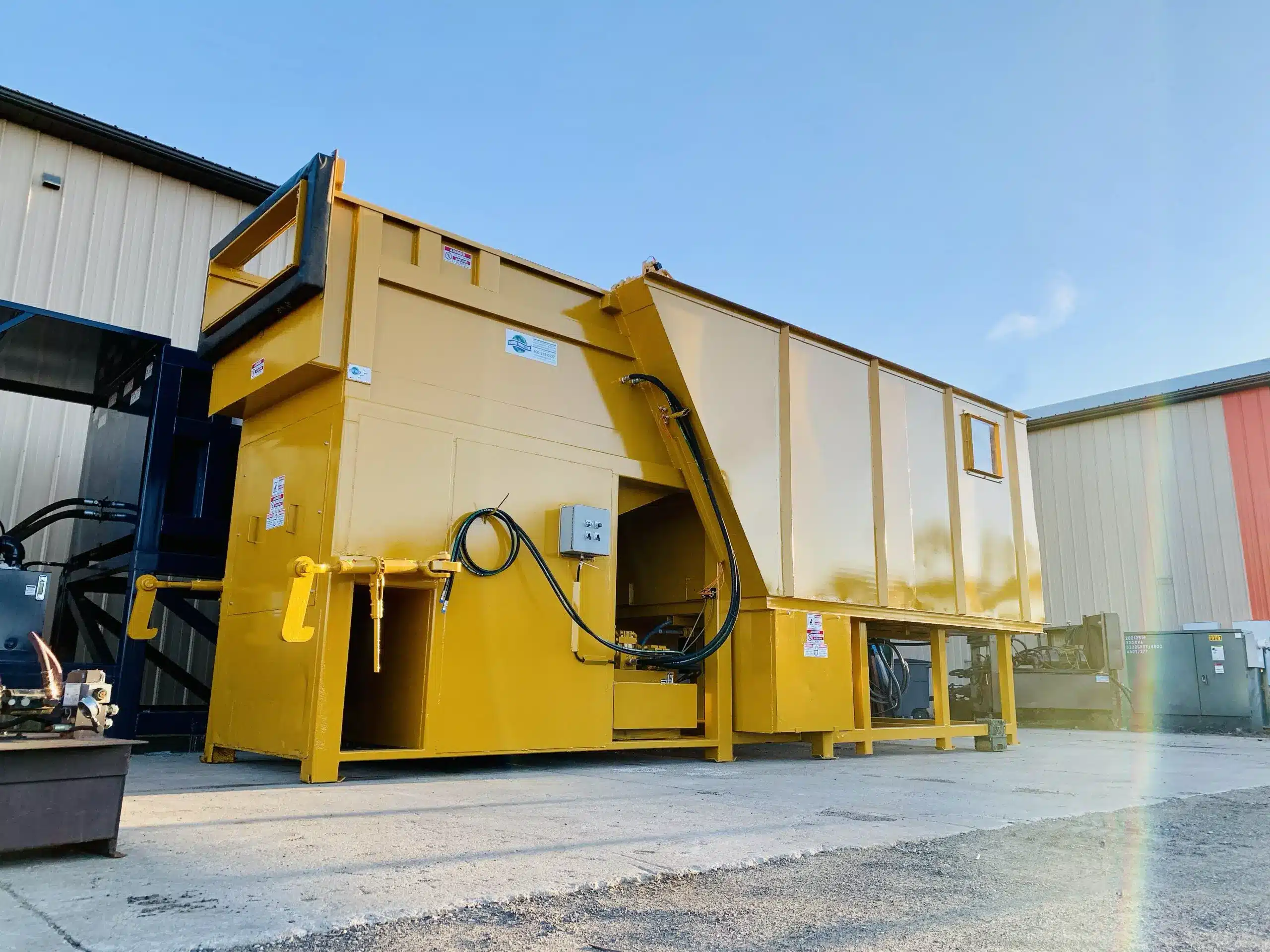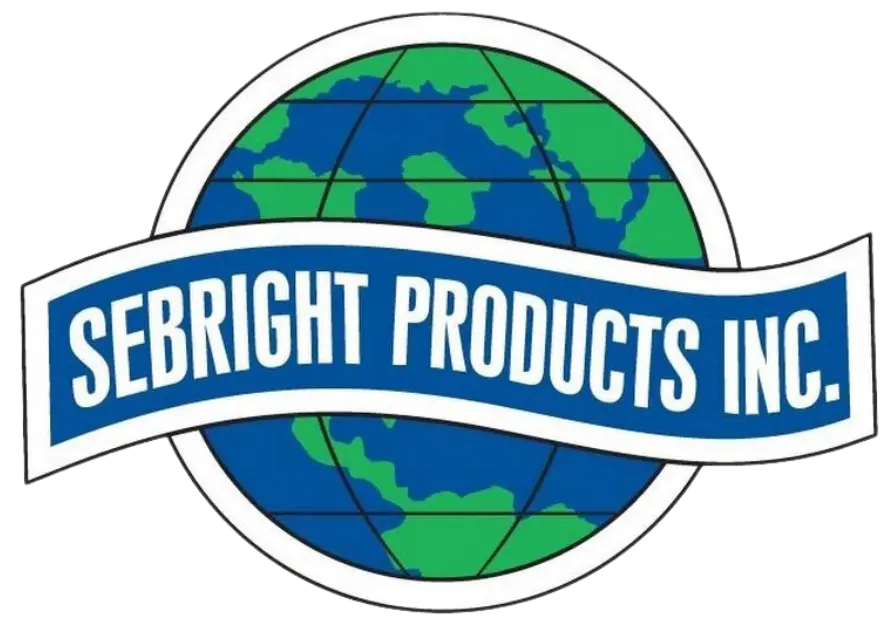Executive Summary

Sebright Products, a leading West Michigan provider of waste handling and recycling equipment, builds large custom solutions for commercial facilities domestically and internationally. Despite their established reputation in a growing industry, Sebright experienced the same issues plaguing many Engineer-To-Order (ETO) companies. Lack of cost visibility, disconnected workflows, manual processes, and inefficient project management were all impacting profitability.
New executive leadership recommended changing their Enterprise Resource Planning (ERP) software to help drive efficiency, control costs, and create processes that could scale with growth. Sebright selected COUNTERPART as their ERP solution and achieved their smoothest implementation ever with the highest return on investment – increasing EBITDA by 45% after the first year.
Background
Founded in Hopkins, MI in 1984, Sebright Products (Sebright) has grown significantly and continually expanded their line of waste and recycling solutions. After starting as a manufacturer of custom waste compactors, Sebright companies now deliver a range of innovative equipment for material processing and handling across industries like wastewater treatment, chemical manufacturing, and mining operations.

Their expansion has included a new division, Bright Design, to focus on specialized use cases. Sebright offers fullscope solutions, from custom design and manufacturing to installation and postsale service.
Current Sebright CEO and President Emir Avdić first joined the company in 2021 as COO. Emir’s mandate was to improve efficiency, starting with a top-to-bottom review of the systems, processes, and software affecting their scale as an ETO manufacturer.
Emir and company leadership knew that a better ERP was central to achieving company growth goals.
Leadership saw the deficiency of their current solution (eci M1, formerly E2), which was increasingly focused on automation to support make-to-stock manufacturers. While Sebright’s solutions share similarities in design and materials, the equipment is customized for each customer application.
E2 (now eci M1) made it difficult to accurately and efficiently estimate costs, manage projects, and determine profitability.
Additionally, E2 did not offer functionality for departments like engineering and assembly, meaning the solution was “siloed” to purchasing and inventory.



